Curious Questions: How wise are owls?
The age-old image of the intelligent owl has persisted for centuries — but are they really the intellectuals of the avian world? Martin Fone investigates.
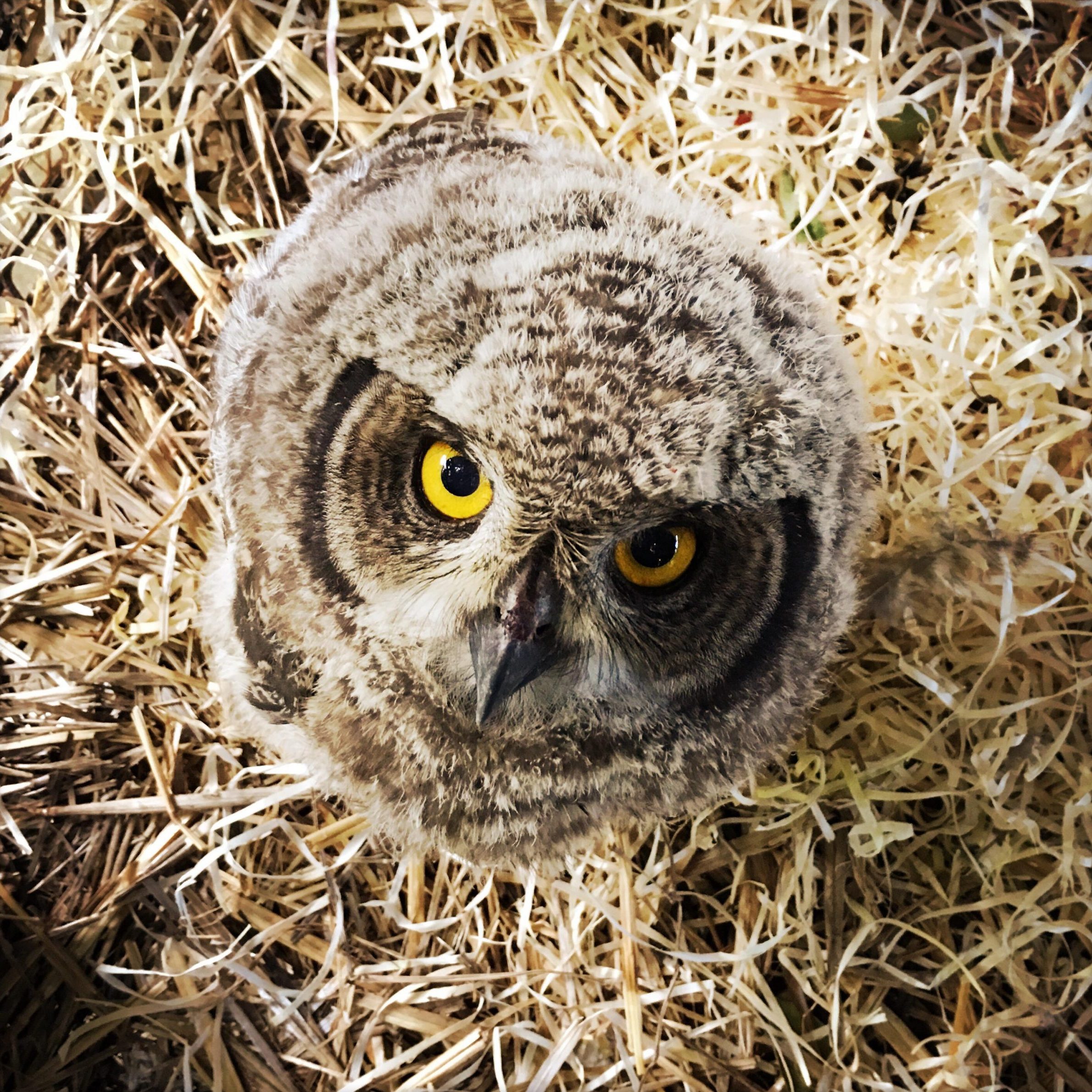

Not for nothing are they known as silent killers. If their excellent night vision, even sharper hearing and razor-sharp talons were not formidable enough, owls have evolved another weapon that enhances their element of surprise over their victims, their ability to fly silently. Unlike most birds whose flight feathers have straight edges which make a sound as they move through the air, those of the owl have comb-like, fringed edges that interlock to form one continuous edge, eliminating the rustling sound as they move. Owls have a success rate of around 85%, a return that many other birds of prey would kill for.
As one of our most easily recognisable indigenous birds, if only by dint of its distinctive hooting sound that punctuates the nocturnal soundscape, the owl unsurprisingly features strongly in our native folklore. What is more surprising is that, at least from the Middle Ages until the early 19th century, it had a sinister reputation as a bird of darkness, one associated with death. Many thought that the screech of an owl flying past a sick person’s window meant their imminent death. In Julius Caesar (Act 1: Scene 3), Shakespeare cites the daytime hooting of an owl amongst the unusual events that presage the Roman general’s death; ‘yesterday, the bird of night did sit even at noonday, upon the market place, hooting and shrieking’. For William Wordsworth, the Barn Owl was his favourite ‘bird of doom’.
According to a 12th century preacher from Kent, Odo of Cheriton, the owl was condemned to a nocturnal existence by the other birds after stealing a rose, the intended prize in a beauty contest. In the mediaeval fable, The Owl and the Nightingale, an owlet nurtured by a hawk reveals its true identity by befouling the nest, thereby proving that, despite a different upbringing, it could not hide its natural uncleanliness.
Owls were often depicted as having distinctive Jewish features in the Middle Ages and Protestants and Catholics in turn were portrayed as owls by their opponents in the religious turmoil of the 16th century. The source of these negative connotations can be traced to the scriptures; an owl was described as an unclean bird in the Book of Leviticus and Job, in his sorrow, was said to be a companion of owls, the bird of mourning. We northeners, though, contrary to the last, regarded the spotting of an owl as a sign of good luck.
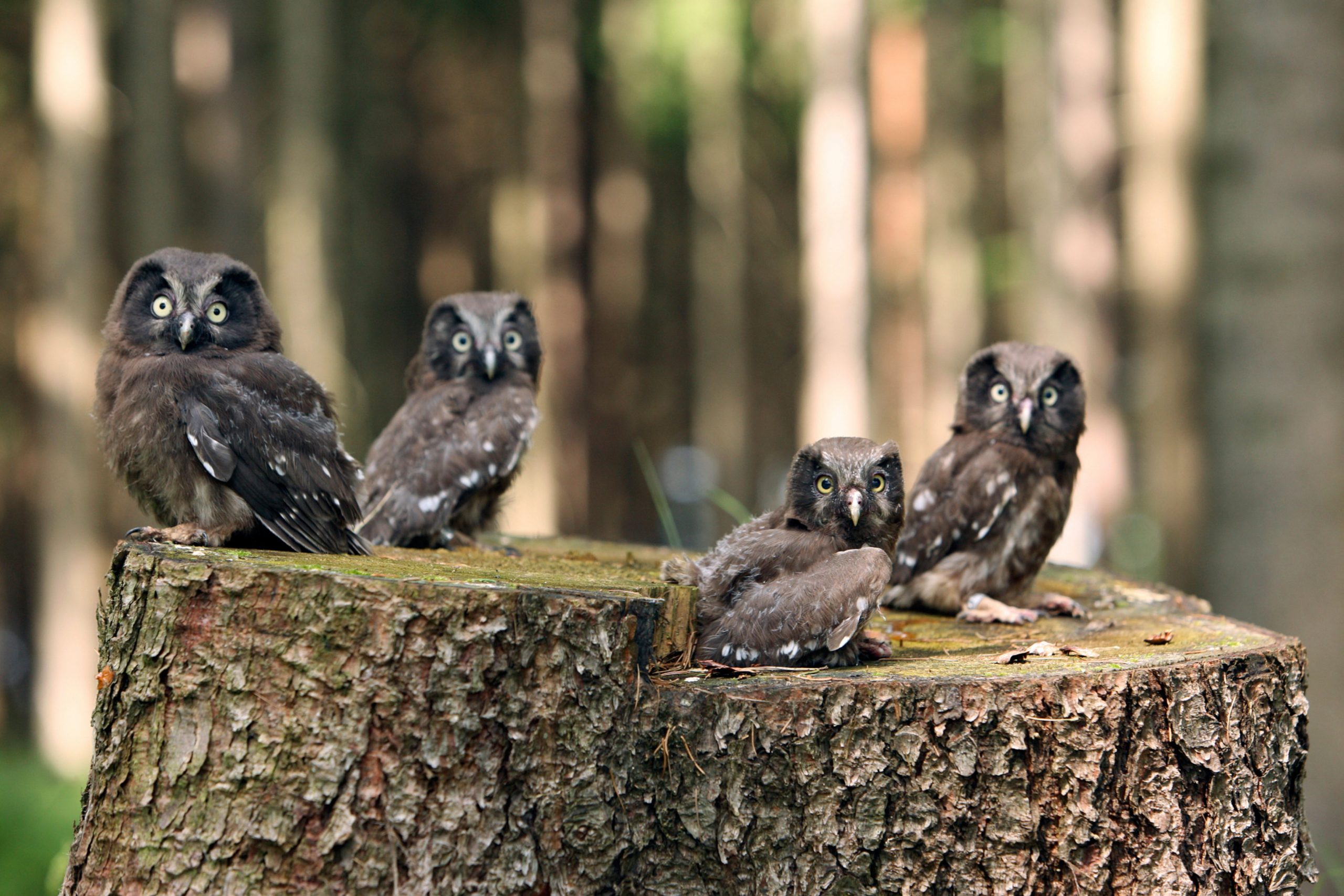
Owls had meteorological properties. Nailing one to a barn door was said to ward off lightning, a belief that persisted well into the 19th century, until Benjamin Franklin’s new-fangled lightning rods were more universally adopted. The screech of an owl in foul weather was supposed to be a harbinger of better times to come. If the weather was good, though, its call was said to herald the approach of a cold snap or a storm.
Owls were also associated with traditional medicine. Their eggs, imbibed raw, were said to be a cure for alcoholism. A child could get a lifetime’s protection against drunkenness if they were forced to drink the potion. By cooking the eggs until they had turned to ashes, you had the key ingredient for a potion to improve eyesight. Owl broth was given to children suffering from whooping-cough.
Today, though, if you were to play a game of word association, you would probably link an owl with wisdom, a return to its elevated status in classical Greece. It was a symbol of Athena, goddess of wisdom and rational thought. She was often depicted as either holding an owl or with one seated on her blind side so that she could see the whole truth. In literature she was described as ‘owl-eyed’ or ‘owl-faced’. The influence of a classical education in the 19th century may have played its part in the rehabilitation of the bird’s reputation.
Sign up for the Country Life Newsletter
Exquisite houses, the beauty of Nature, and how to get the most from your life, straight to your inbox.
The association of the bird with wisdom is surely bound up with its physiognomy, specifically, its large saucer-shaped eyes. Denuded of feathers the eye sockets in its skull are even larger than they seem; transposed on to the human skull, they would be the size of oranges. Added to which the owl’s nocturnal habits and its ability to turn its neck through 270 degrees give the impression that nothing escapes its attention. It would know everything, a veritable paradigm of wisdom. The nursery rhyme, The Wise Old Owl, sums up this view perfectly; ‘a wise old owl lived in an oak/ the more he saw the less he spoke/ the less he spoke the more he heard/ why can’t we all be like that wise old bird?’
One of those enduring childhood images that have remained with me is the sight of a Barn Owl which had toppled into a farmyard water trough and drowned. Their feathers are not waterproof, the owl’s evolutionary trade-off for silent flight. Rain at night means rodent is off the menu and a prolonged period of rain, especially during the breeding season, not unknown in our climes, can often spell disaster for them.
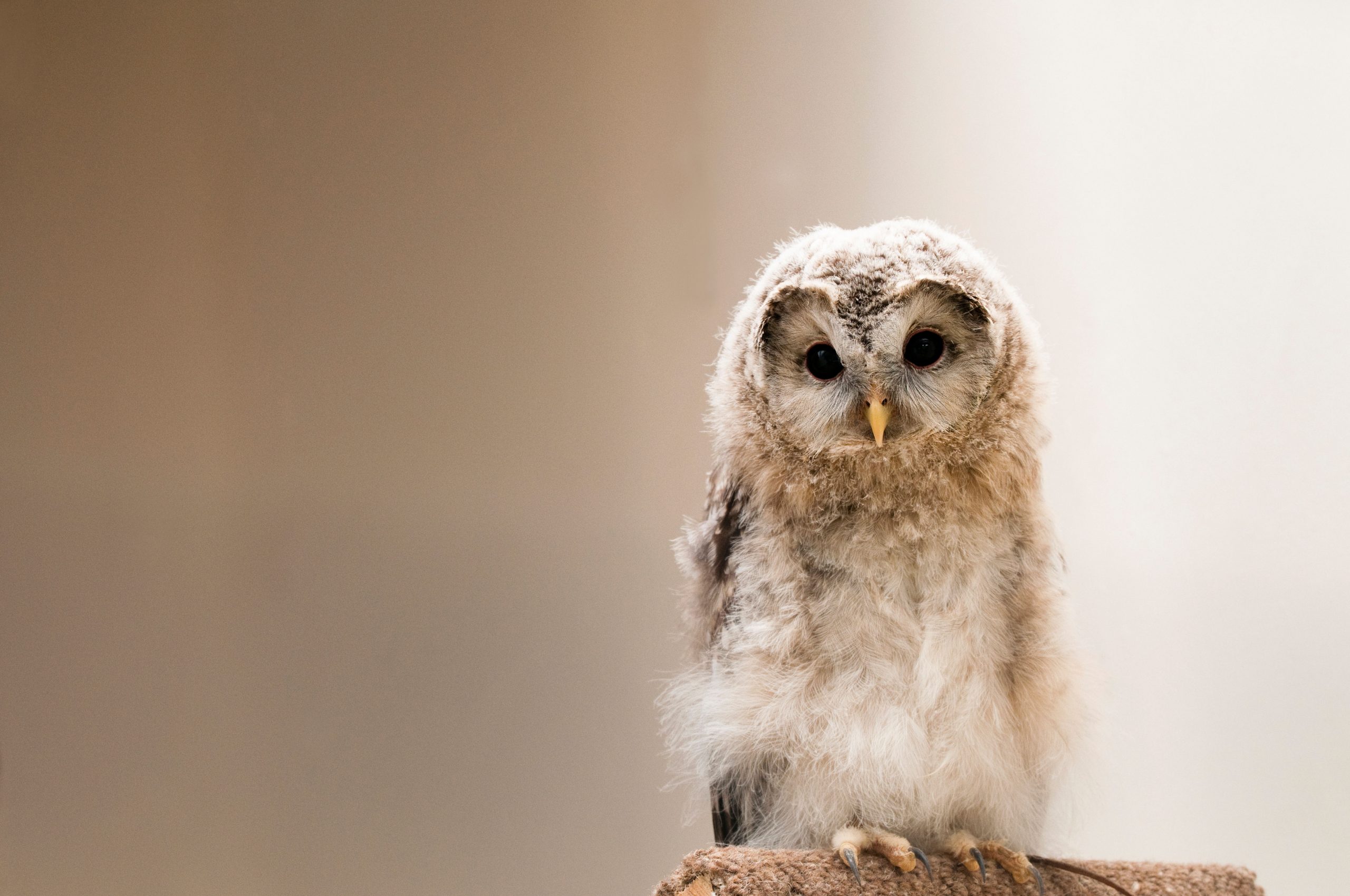
This fundamental chink in their armour set me wondering whether owls really are as smart as they are cracked up to be. In the absence of a standard avian intelligence test, researchers have had to resort to devising problem-solving tests, designed to test their cognitive abilities. I have always been a bit sceptical about these tests as they seem to overlay anthropomorphic assumptions on to the behaviour of other creatures.
Leaving that aside, these tests consistently show that parrots and members of the corvid family, such as ravens, crows, jays, and magpies, are amongst the most intelligent. Research published in the journal, Science, on July 14, 2017, under the snappy title ‘Ravens parallel great apes in flexible planning for tool-use and bartering’, revealed that ravens, once trained to use a certain tool to access their food, chose the same tool from a collection of artefacts 17 hours later to solve the same problem. Apparently, this is a feat most monkeys struggle to perform.
Conspicuous by its absence from the list of brainy birds, though, is the owl. Unlike parrots that can be taught to mimic speech and hawks to retrieve objects, owls, according to bird trainers, cannot be trained to carry out even the most rudimentary of tasks. They just sit there, impervious to the increasingly frantic cajoling of their instructors. Unlike many of the so-called intelligent birds which are social, owls lead mainly solitary lives, have very predetermined behaviour patterns, and emit a limited range of sounds. Indeed, their distinctive call is one of the easiest for humans to mimic. Much of their brain power is focused on their sense of sight.
As Alfred Lord Tennyson wrote in Locksley Hall, ‘knowledge comes, but wisdom lingers’. An owl is content to stick to its metaphorical knitting, not troubling itself to pander to the wishes of those who want to change its ways. Perhaps that is the true sign of wisdom.
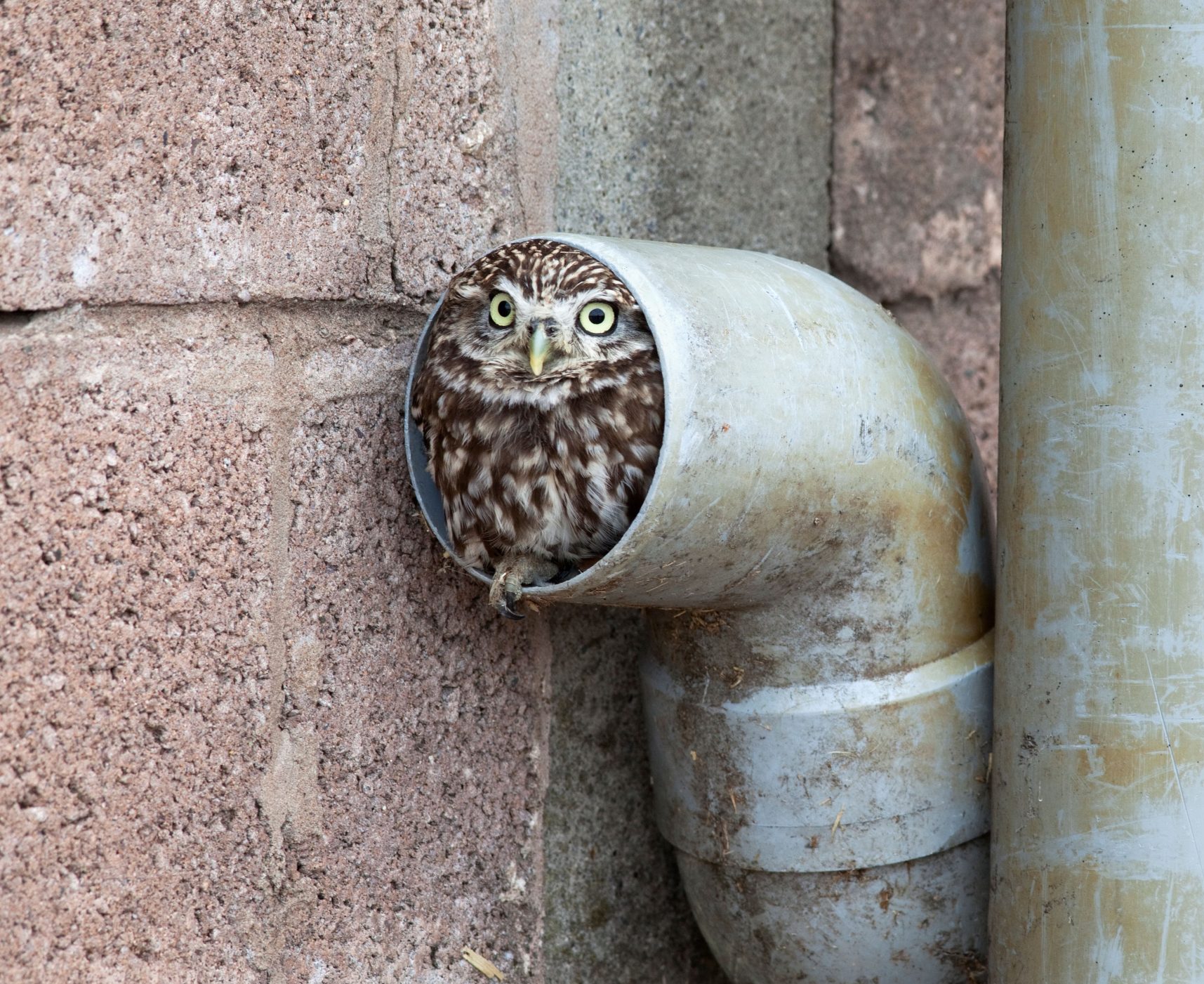
Credit: Alamy
The six types of owl you’ll find in Britain
Gamekeeper Simon Lester offers his guide to these mesmerising creatures, from the pocket-sized Little Owl to the fearsome Eagle Owl
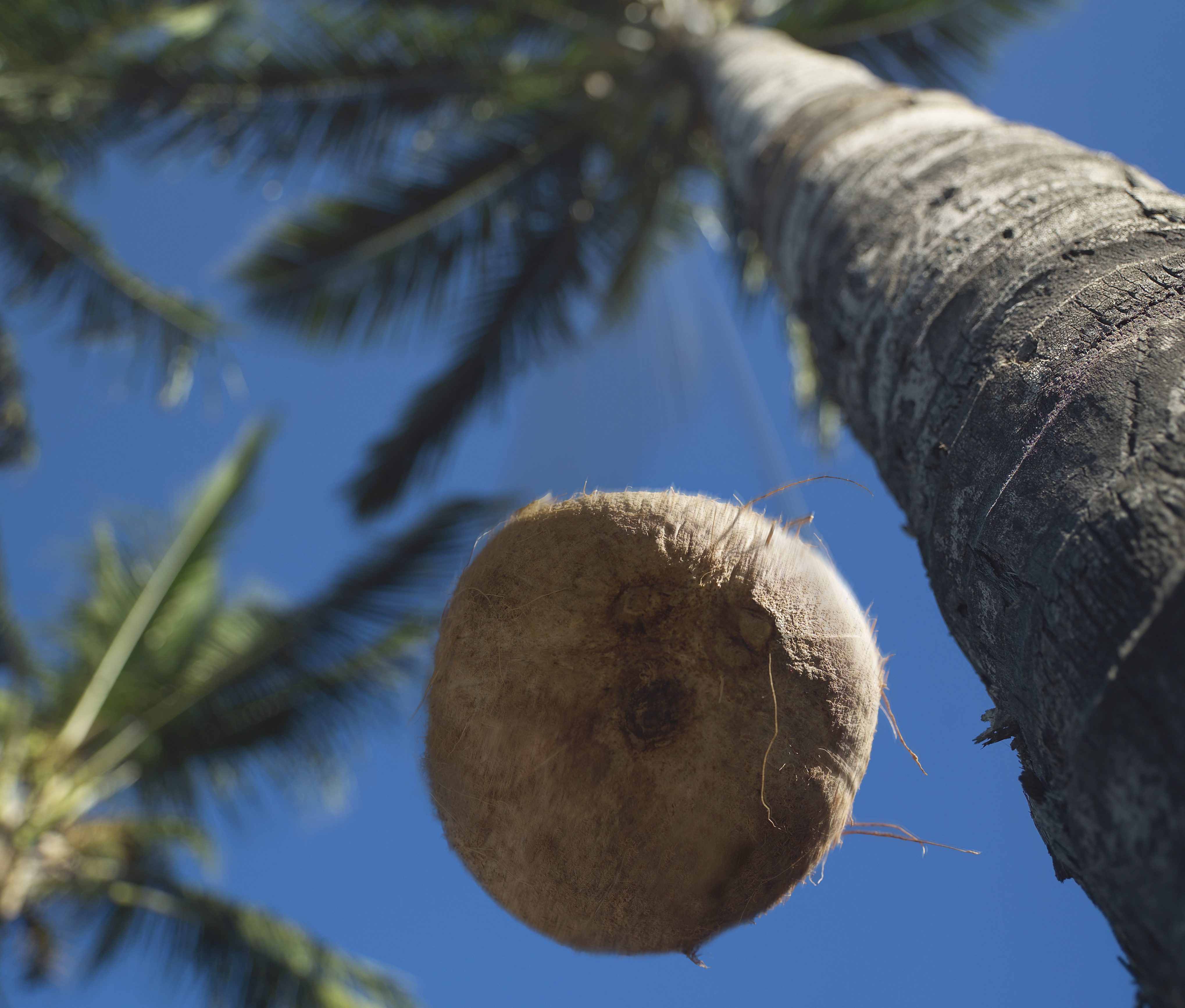
Curious Questions: How likely are you to be killed by a falling coconut?
Our resident curious questioner Martin Fone poses (and answers) another head scratcher - or should we say, head banger?
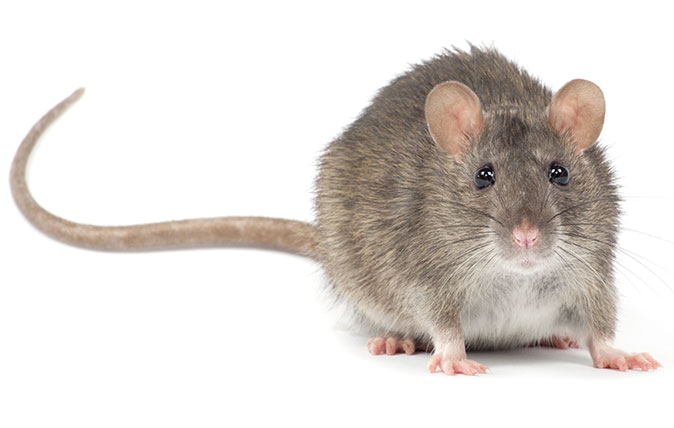
Credit: Alamy
Curious questions: Are you really never more than six feet away from a rat?
It's an oft-repeated truisim about rats, but is there any truth in it? Martin Fone, author of 'Fifty Curious Questions',
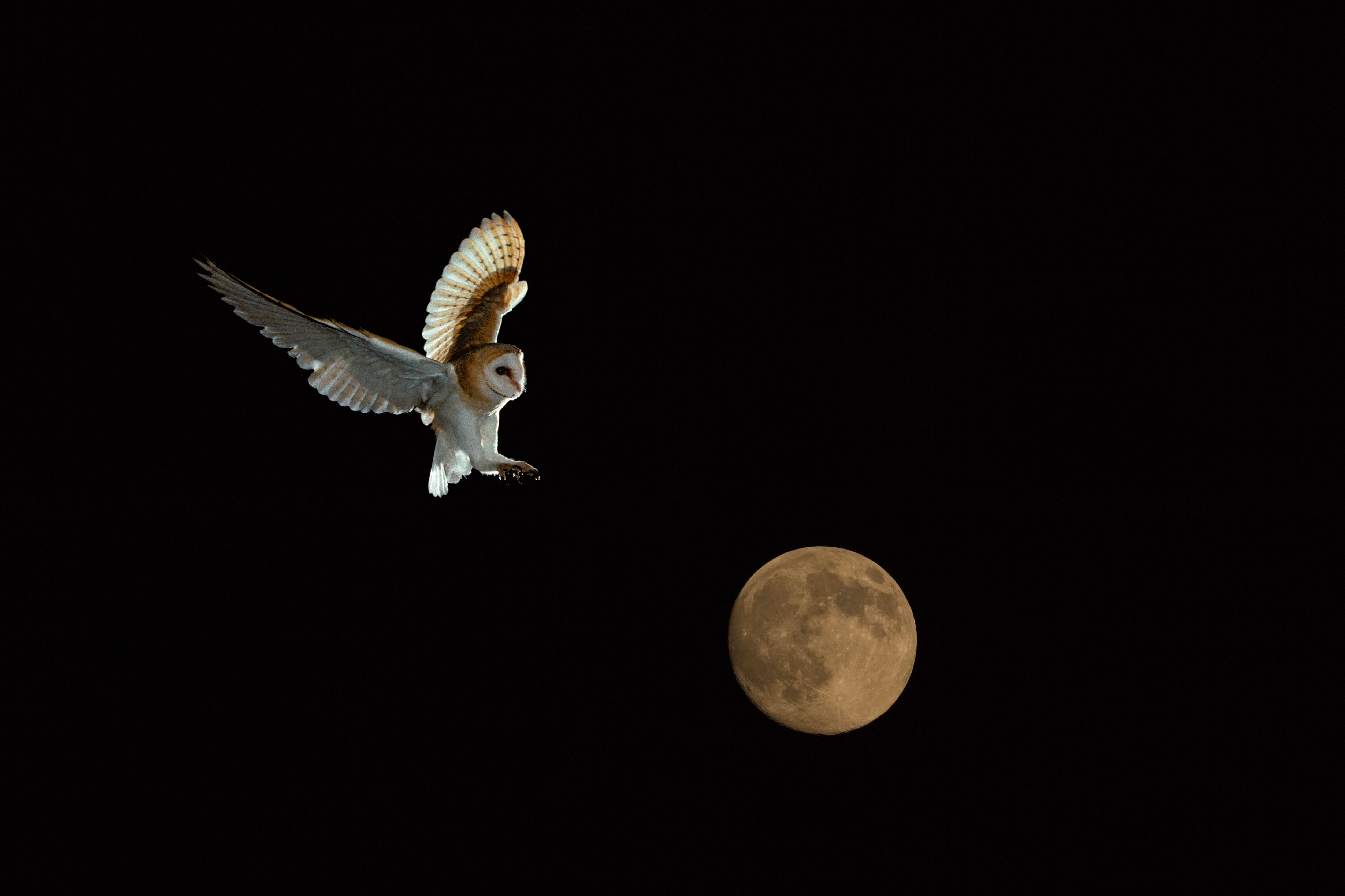
Credit: Alamy Stock Photo
How white-feathered barn owls terrify their prey into submission: 'It’s like a ghost coming on it'
Scientists have found white owls are superior in their hunting ability to their darker counterparts.
After graduating in Classics from Trinity College Cambridge and a 38 year career in the financial services sector in the City of London, Martin Fone started blogging and writing on a freelance basis as he slipped into retirement. He has developed a fearless passion for investigating the quirks and oddities of life and discovering the answers to questions most of us never even think to ask. A voracious reader, a keen but distinctly amateur gardener, and a gin enthusiast, Martin lives with his wife in Surrey. He has written five books, the latest of which is More Curious Questions.
-
 What should 1.5 million new homes look like?
What should 1.5 million new homes look like?The King's recent visit to Nansledan with the Prime Minister gives us a clue as to Labour's plans, but what are the benefits of traditional architecture? And can they solve a housing crisis?
By Lucy Denton
-
 The battle of the bridge, Balloon Dogs and flat fish: Country Life Quiz of the Day, April 15, 2025
The battle of the bridge, Balloon Dogs and flat fish: Country Life Quiz of the Day, April 15, 2025Tuesday's quiz tests your knowledge on bridges, science, space, house prices and geography.
By James Fisher
-
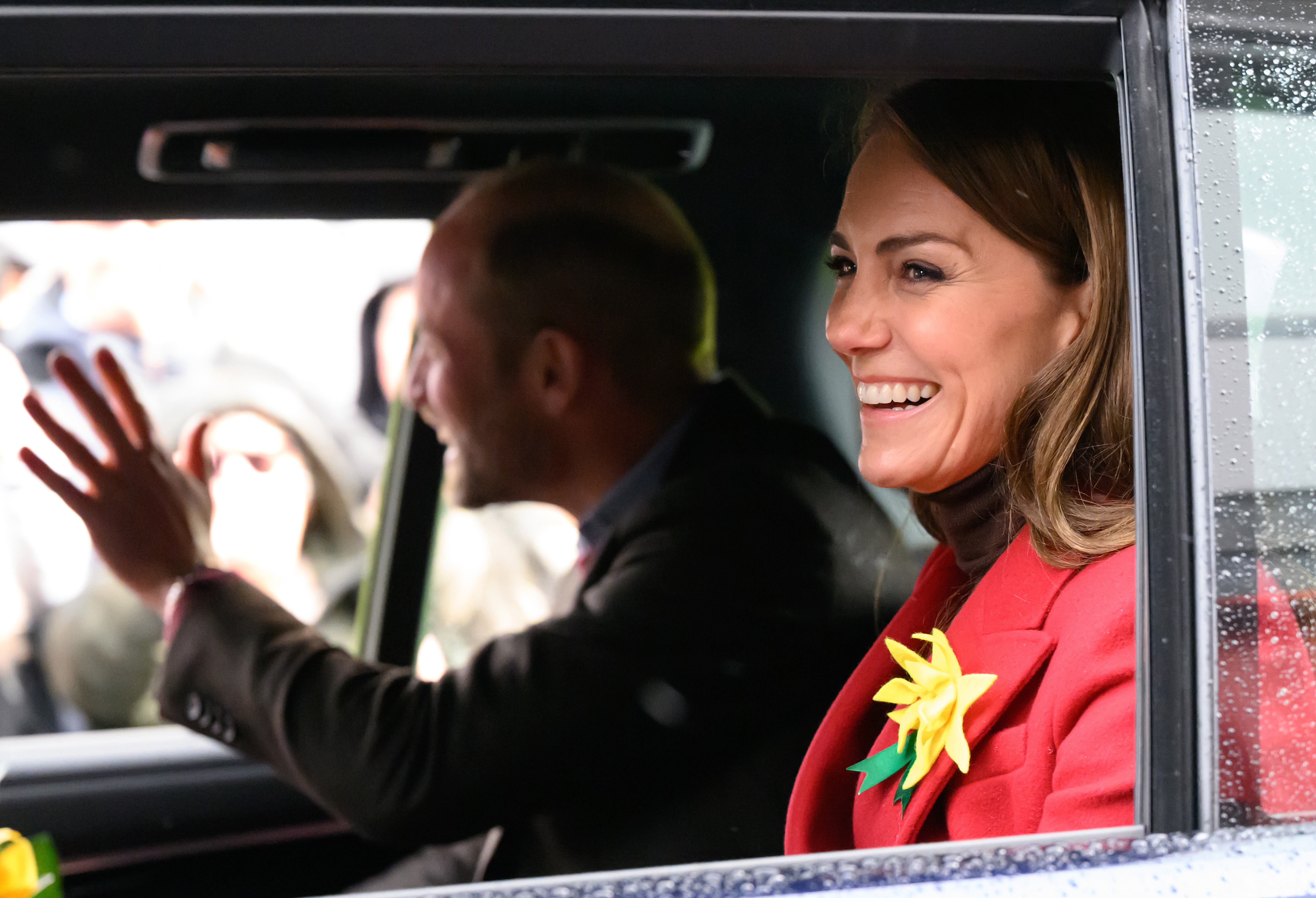 Curious Questions: Will the real Welsh daffodil please stand up
Curious Questions: Will the real Welsh daffodil please stand upFor generations, patriotic Welshmen and women have pinned a daffodil to their lapels to celebrate St David’s Day, says David Jones, but most are unaware that there is a separate species unique to the country.
By Country Life
-
 Nobody has ever been able to figure out just how long Britain's coastline is. Here's why.
Nobody has ever been able to figure out just how long Britain's coastline is. Here's why.Welcome to the Coastline Paradox, where trying to find an accurate answer is more of a hindrance than a help.
By Martin Fone
-
 Curious questions: how an underground pond from the last Ice Age almost stopped the Blackwall Tunnel from being built
Curious questions: how an underground pond from the last Ice Age almost stopped the Blackwall Tunnel from being builtYou might think a pond is just a pond. You would be incorrect. Martin Fone tells us the fascinating story of pingo and dew ponds.
By Martin Fone
-
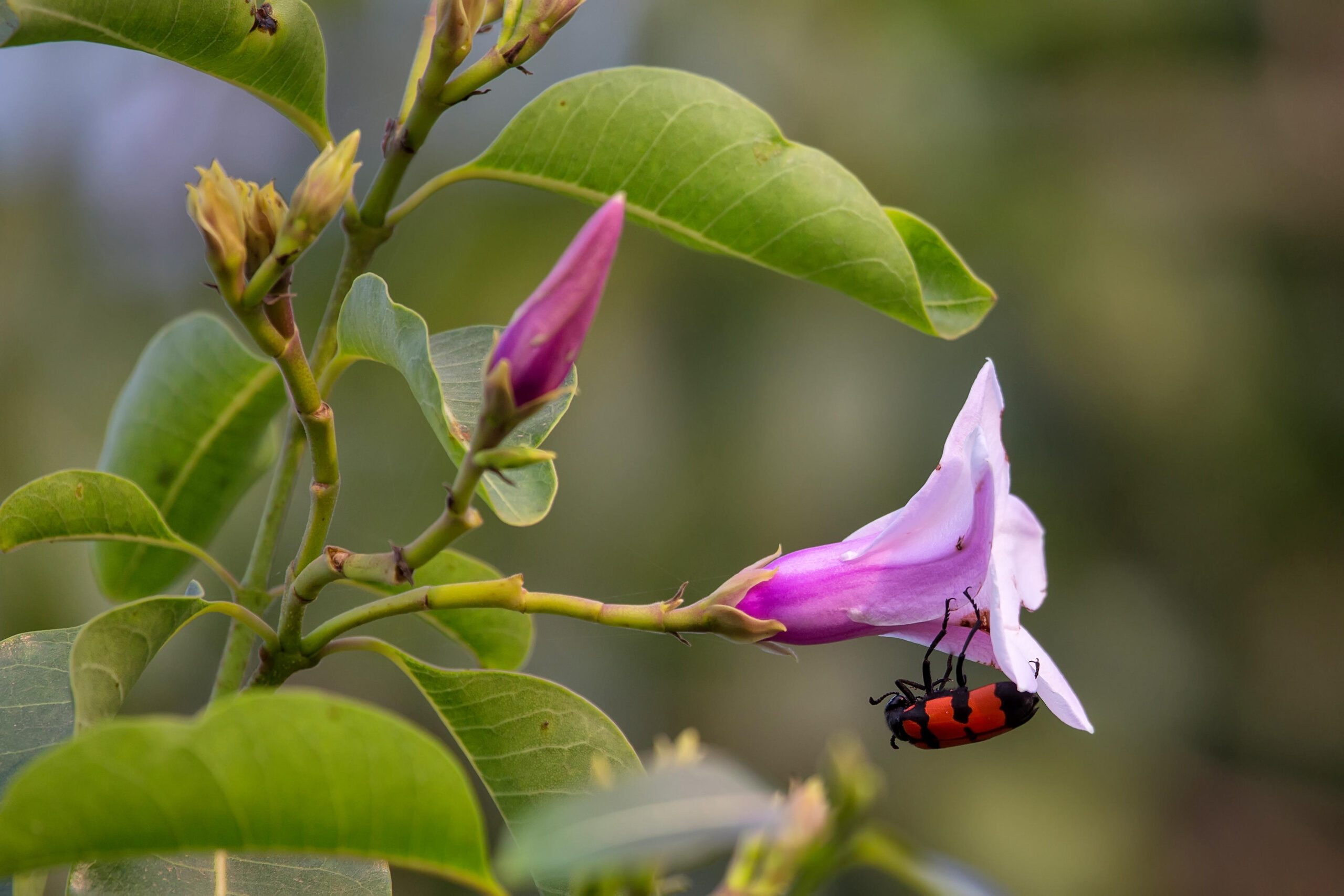 Curious Questions: What's in a (scientific) name? From Parastratiosphecomyia stratiosphecomyioides to Myxococcus llanfair pwll gwyn gyll go gery chwyrn drobwll llan tysilio gogo goch ensis, and everything in between
Curious Questions: What's in a (scientific) name? From Parastratiosphecomyia stratiosphecomyioides to Myxococcus llanfair pwll gwyn gyll go gery chwyrn drobwll llan tysilio gogo goch ensis, and everything in betweenScientific names are baffling to the layman, but carry all sorts of meanings to those who coin each new term. Martin Fone explains.
By Martin Fone
-
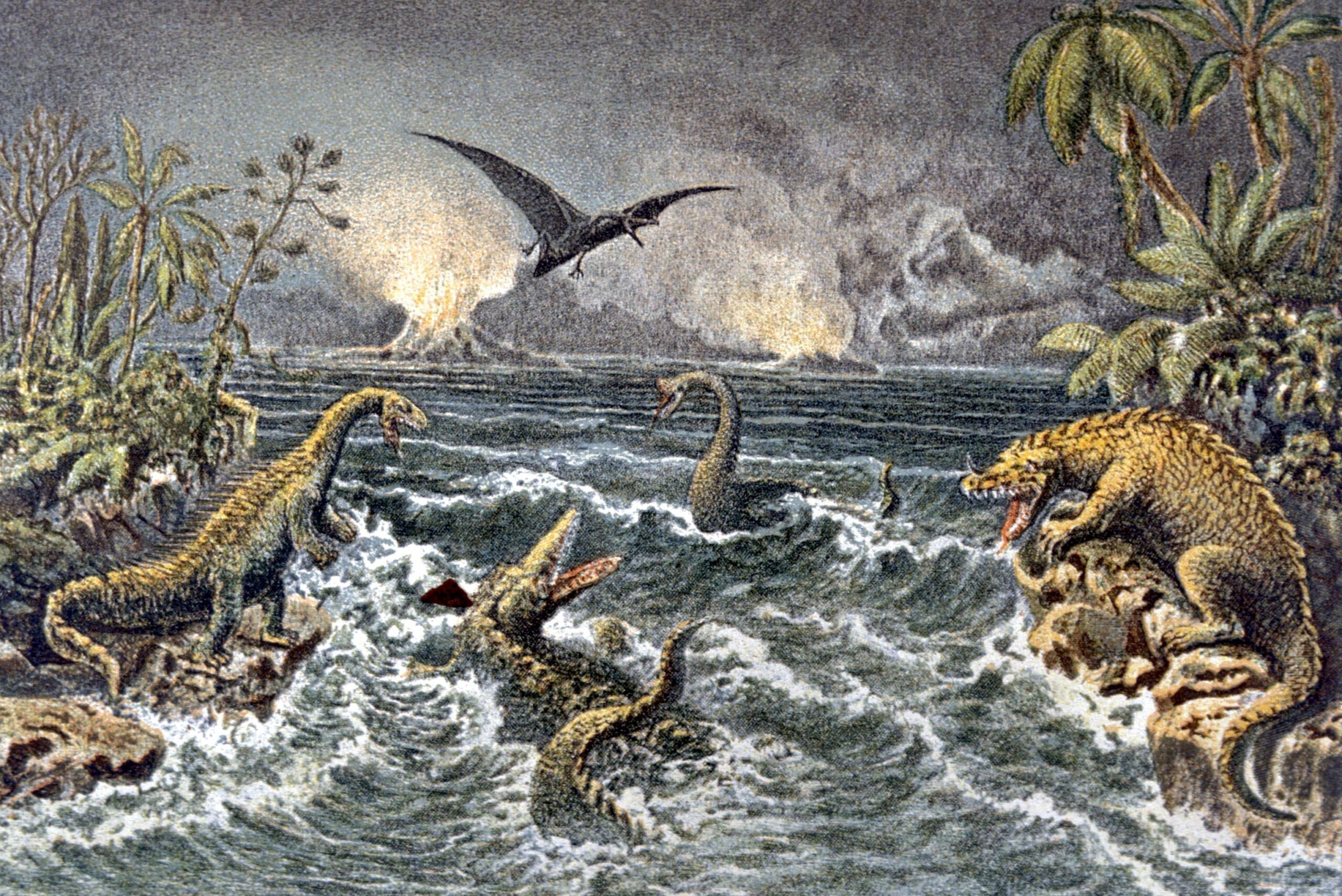 Curious Questions: How did a scrotum joke confuse paleontologists for generations?
Curious Questions: How did a scrotum joke confuse paleontologists for generations?One of the earliest depictions of a fossil prompted a joke — or perhaps a misunderstanding — which coloured the view of dinosaur fossils for years. Martin Fone tells the tale of 'scrotum humanum'.
By Martin Fone
-
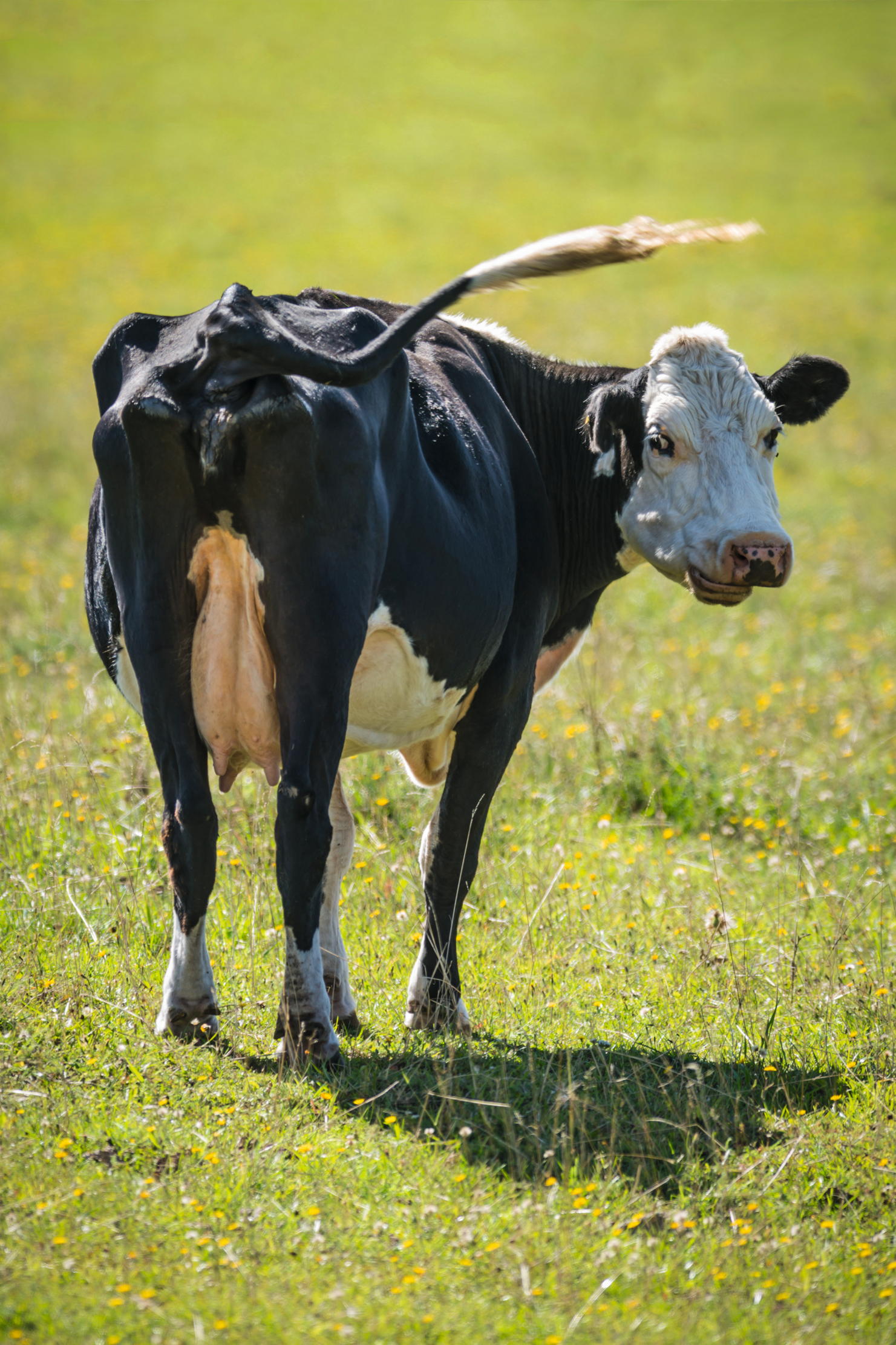 Curious Questions: Why do so many animals have bright white bottoms?
Curious Questions: Why do so many animals have bright white bottoms?Why do so many animals have such obviously flashy appendages, asks Laura Parker, as she examines scuts, rumps and rears.
By Laura Parker
-
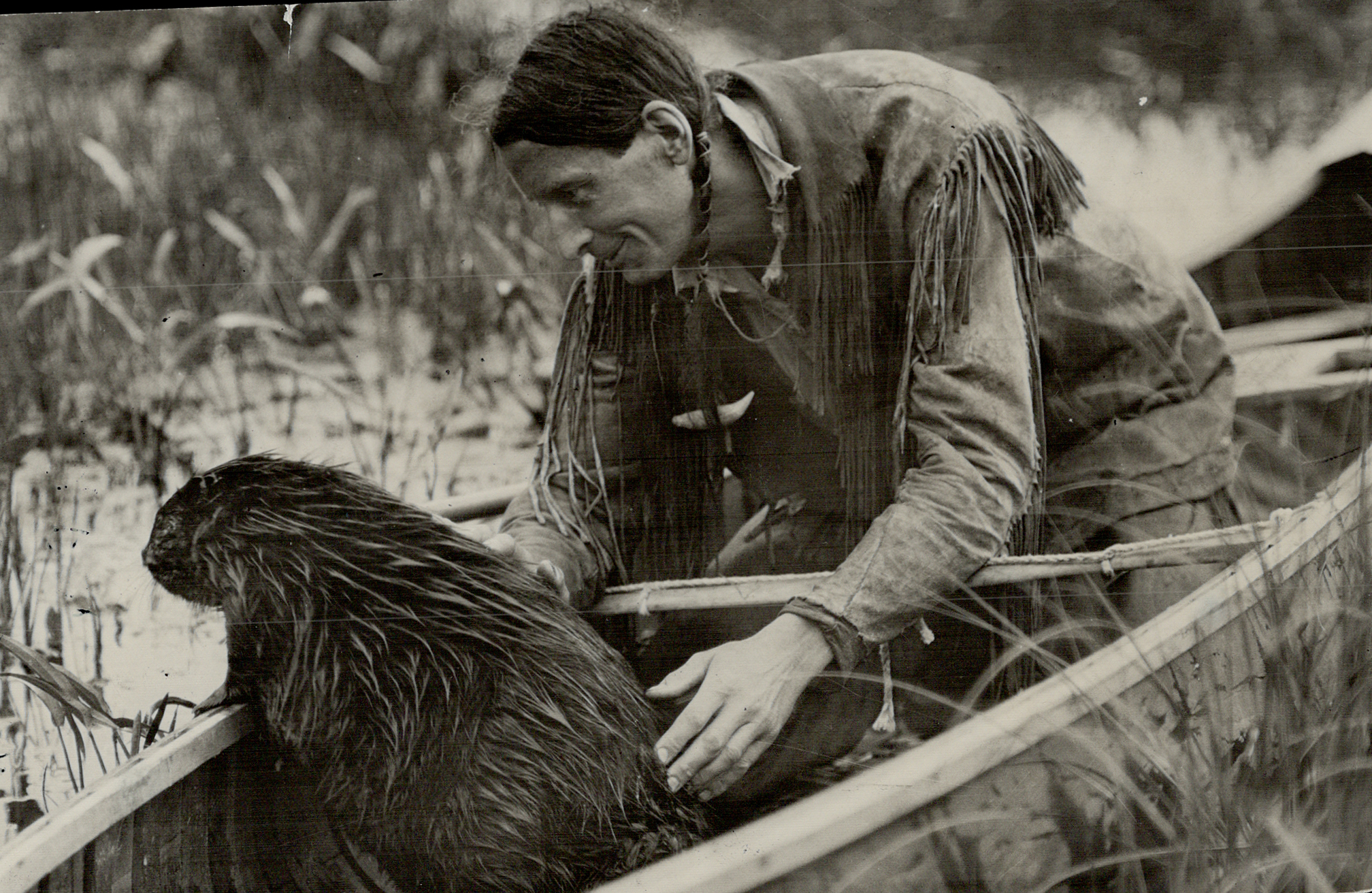 The 1930s eco-warrior who inspired David Attenborough and The Queen, only to be unmasked as a hoaxer and 'pretendian' — but his message still rings true
The 1930s eco-warrior who inspired David Attenborough and The Queen, only to be unmasked as a hoaxer and 'pretendian' — but his message still rings trueMartin Fone tells the astonishing story of Grey Owl, who became a household name in the 1930s with his pioneering calls to action to save the environment — using a false identity to do so.
By Martin Fone
-
 Curious Questions: Why do all of Britain's dolphins and whales belong to the King?
Curious Questions: Why do all of Britain's dolphins and whales belong to the King?More species of whale, dolphin and porpoise can be spotted in the UK than anywhere else in northern Europe and all of them, technically, belong to the Monarch. Ben Lerwill takes a look at one of our more obscure laws and why the animals have such an important role to play in the fight against climate change.
By Ben Lerwill